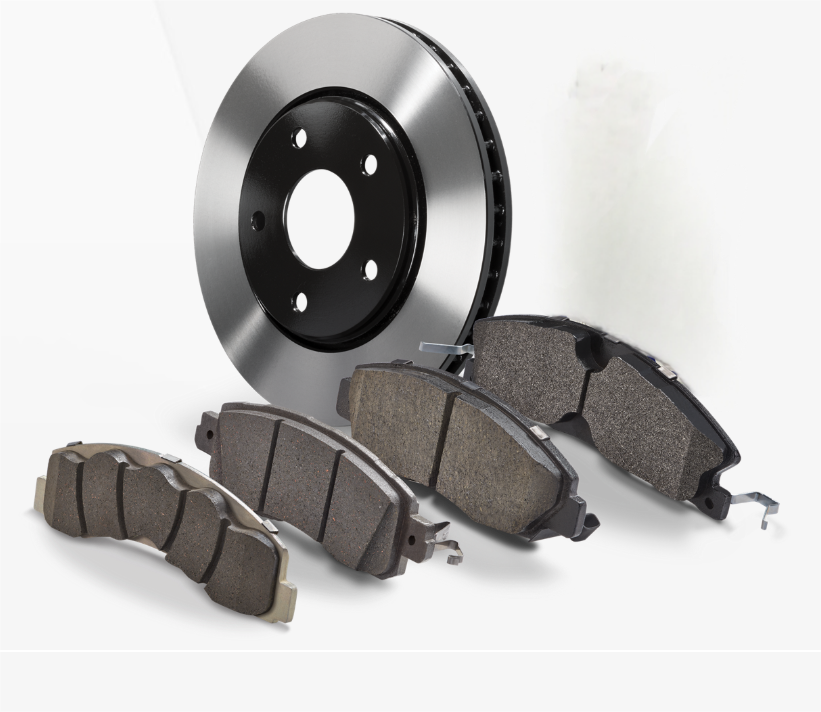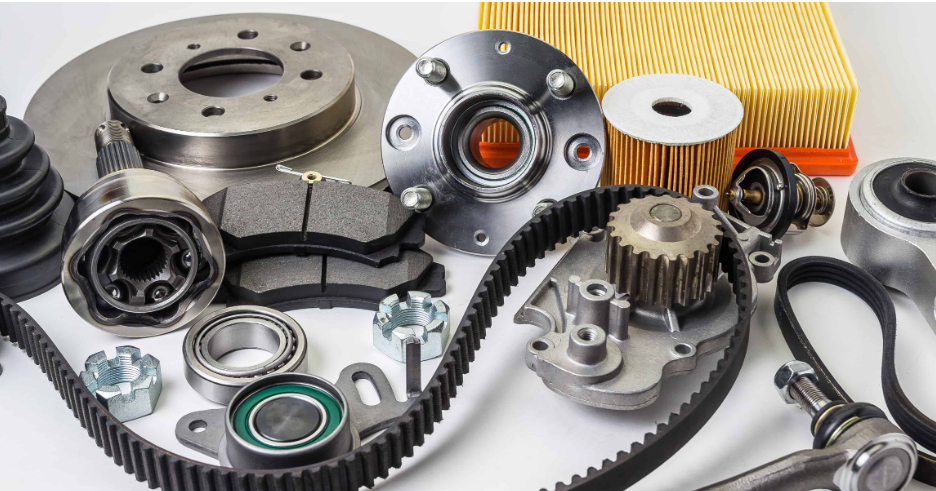The Role of High-Quality Brake Parts in Sustainability
In an era where environmental consciousness has reached an all - time high, sustainability has emerged as a pivotal factor not only in our daily lives but also within the vast and dynamic automotive industry. At the heart of this movement lies the crucial role of high - grade brake parts. These components are not merely essential for ensuring a car's peak performance; they also play a significant part in promoting sustainability. In this blog, we will embark on an in - depth exploration of how high - quality brake parts contribute to the reduction of pollution and waste, thereby making a positive impact on our planet.
High - quality Brake Parts and Their Impact on Sustainability
The investment in exceptional brake pads is not just a matter of vehicle maintenance; it has far - reaching implications for long - term efficacy and sustainability. High - end brake pads are designed with precision and superior materials, which makes them easier to manufacture. This ease of production reduces waste during the manufacturing process, as there are fewer defective products. Moreover, their durability means they break less frequently. When drivers choose top - tier brake components, they experience a significant extension in the service interval of their brakes. This reduction in the frequency of brake replacements leads to a lower consumption of materials required for new parts. Additionally, it cuts down on the fuel needed to transport and install these replacement parts. As a result, drivers not only save money in the long run but also actively contribute to environmental conservation.
Reduced Emissions through Improved Vehicle Efficiency
Well - crafted brake systems offer an additional environmentally friendly benefit: a notable reduction in energy emissions. High - quality brake parts and improved fuel economy are intertwined. When brakes function optimally, they require less energy to slow down or stop a vehicle. This, in turn, leads to better fuel efficiency. In a world grappling with the challenges of air pollution and climate change, minimizing fuel burn is of utmost importance. By choosing quality brake systems over cheap alternatives, consumers are making a conscious decision to mitigate these environmental issues. It's a small yet significant step towards a cleaner and greener future for the automotive industry.
Practices in Brake Parts Recycling and Reusability
The automotive industry has witnessed remarkable progress in material recycling, with brake parts being a key area of focus. Quality brake parts, often composed of metals and ceramics, can be manufactured using high - grade recycled materials. These parts can be salvaged from decommissioned vehicles and carefully processed. This recycling process significantly decreases the industry's reliance on primary materials, which are often extracted through environmentally damaging processes. By promoting the reuse and recycling of brake parts, the automotive sector adheres to the principles of a circular economy. In a circular economy, waste is minimized, resources are conserved, and the overall environmental impact is reduced.
How the Use of Poor - quality Brake Parts Can Damage the Environment
On the flip side, the use of lower - quality brake parts has a detrimental impact on the environment. These substandard components often lack the reliability and performance required for frequent usage. As a result, they are more likely to malfunction, creating a thriving replacement market. Instead of operating efficiently, poor - quality brakes lead to increased fuel consumption. This inefficiency not only wastes precious resources but also contributes to higher emissions. Moreover, the need for more frequent repairs and replacements gives rise to makeshift maintenance work, which often results in uncontrolled waste production. From discarded parts to excess packaging, the environmental consequences of using low - quality brake parts are far - reaching.
Projected Prospects and Future Opportunities in the Sector
Over time, an unmistakable and sustainable relationship has emerged between eco - friendly practices and their adoption within the automotive industry. Manufacturers are increasingly recognizing the importance of sustainable production methods, especially when it comes to brake part manufacturing. As we move forward, these sustainable options are not only beneficial for businesses but also for society as a whole. Every effort made towards a more sustainable future in the automotive sector is a step towards a morally and environmentally responsible industry. The vision of replacing traditional parts with more sustainable alternatives is becoming increasingly compelling for manufacturers, aligning perfectly with global sustainability goals.
The impact of high - quality aftermarket automobile accessories, particularly brake parts, on the environment is extensive. Optimal brake parts mean lower emissions, reduced waste, and enhanced recycling - a vision of an ideal world. And the optimization of brake parts is not limited to personal vehicles; it extends to all types of automotive applications. With the growing global concern for the environment, the brake parts aftermarket is poised for further growth and innovation. This growth will not only drive the advancement of the automotive industry but also contribute significantly to a more sustainable future for our planet.
Table of Contents
- The Role of High-Quality Brake Parts in Sustainability
- High - quality Brake Parts and Their Impact on Sustainability
- Reduced Emissions through Improved Vehicle Efficiency
- Practices in Brake Parts Recycling and Reusability
- How the Use of Poor - quality Brake Parts Can Damage the Environment
- Projected Prospects and Future Opportunities in the Sector







